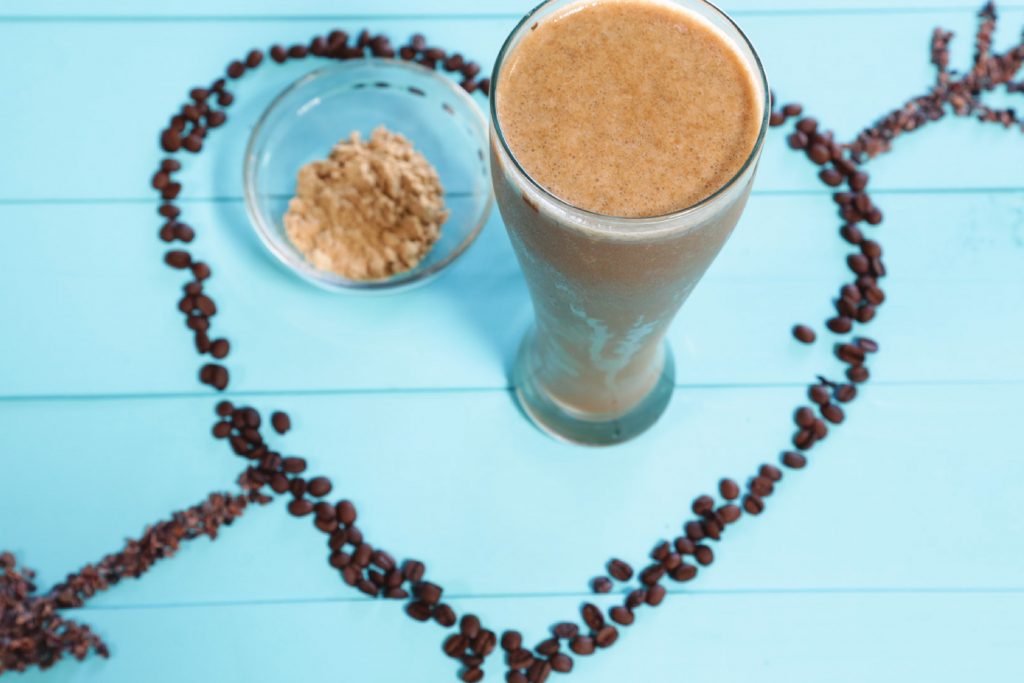It’s Not Even Hard
Written by Gayle
The of the greatest things about living when we do is the abundance and variety of great food. Years ago, if you were sensitive to wheat or nuts or milk, you just had to do without. But now there are so many options, and there are many ways to get your “milk,” even if you can’t drink traditional cow’s milk.
Almond milk is one of those great options. It is easy to pick up some from the shelf, but it’s easy to make, too. Our daughter likes to use almond milk in her smoothies to add nutrition without the dairy. So I whipped up some almond milk this morning.
Actually I started last night, blanching, skinning, and soaking the almonds. (Note: you can just use raw almonds without removing the skins, but straining may take more work. Also, if you want to make almond flour with the pulp, it will include the skins.)
Almond Milk
Makes about 5 cups
You’ll Need:
- 1 1/2 cups organic blanched almonds (start with raw organic almonds)
- 4 cups filtered water
- dash of Red Himalayan salt
- dash of cinnamon or nutmeg
- 2 TBSP organic agave syrup
Instructions:
- Bring 2 cups of water to a boil, then add the raw almonds. Leave the almonds in the hot water for one minute, then remove, strain, and drop into cold water.
- Remove the skins by squeezing the almonds. They will pop easily out of the skins (and across the room, if you aren’t aiming them into the bowl!)
- Put the blanched almonds into a medium bowl, and cover with water.
- Soak the almonds at least 4 hours, or overnight.
- After soaking, drain the almonds and put them in the blender.
- Add 2 cups of filtered water and blend until very smooth–about 2-3 minutes.
- Add the remaining water and blend another 2-3 minutes. It will be smooth and frothy.
- Add the salt, cinnamon or nutmeg, and agave syrup. Blend again and then taste. You may want to add more depending on how sweet you want your almond milk.
- Place 2-3 layers of cheesecloth, or a loose-weave dish towel, over a metal strainer over a large bowl.
- Pour the almond puree through the cheesecloth. You may want to do a little at a time depending on the size of your strainer and the bowl.
- Use a spatula to move the mixture around and to assist the liquids through the cheese cloth.
- Once the solids are fairly, well–solid–gather up the edges of the cheesecloth and squeeze out as much of the liquids as you can
- There will be a very fine almond meal left in the cheesecloth. You can spread that on a baking sheet and dry (and then blend to remove the lumps), and you’ll have almond flour to use in baked goods!
Enjoy the “milk!”
Love,
Lassen’s










